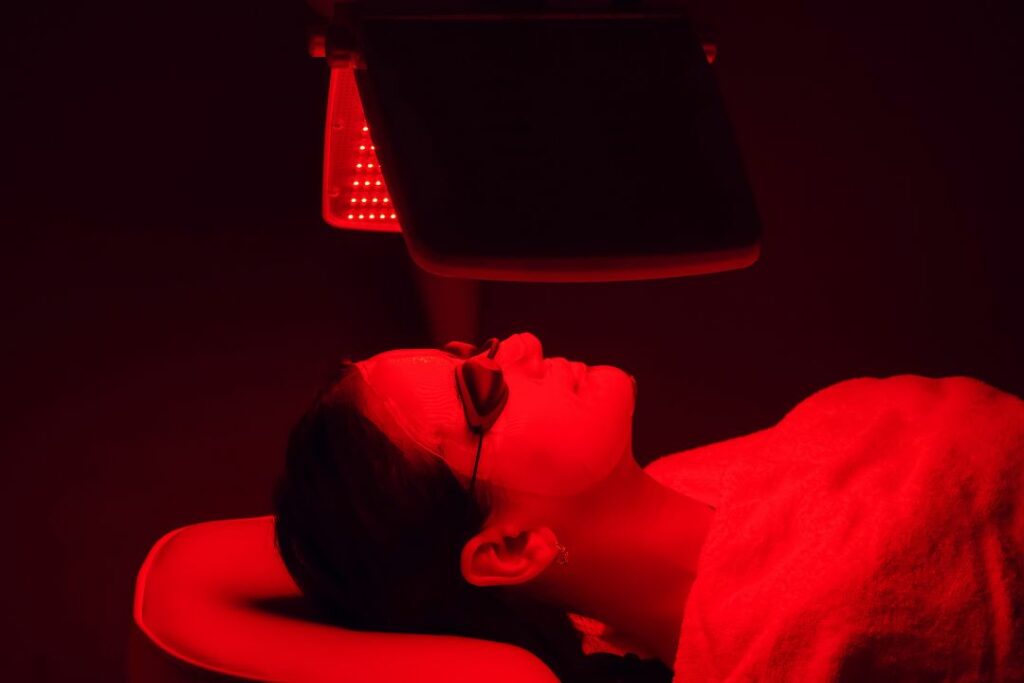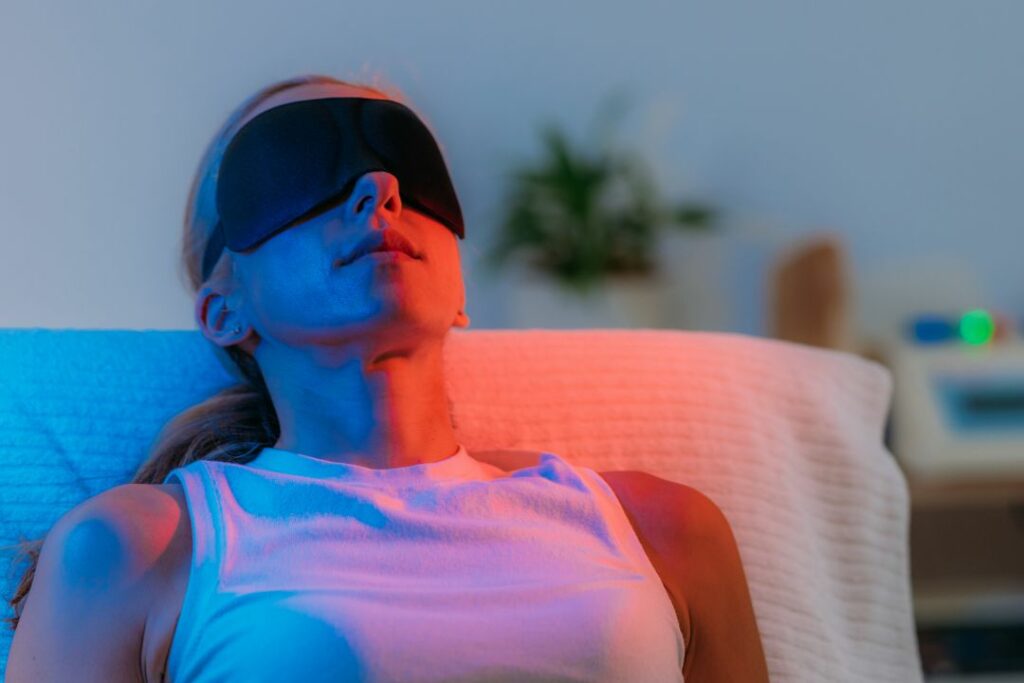Red light therapy has gained popularity for its purported benefits in various areas, including skin health, wound healing, hair growth, and pain management. Some proponents also claim that it can improve sleep. However, scientific research and experts paint a different picture when it comes to the effects of red light on sleep. Understanding the role of light wavelengths, particularly blue light and red light, in influencing our circadian rhythms is crucial for evaluating the impact of red light therapy on sleep.

The Influence of Light on Circadian Rhythms:
The body’s internal clock, known as the circadian rhythm, regulates our sleep and wake cycles. Light serves as a signal for our circadian rhythms, with exposure to light promoting wakefulness and darkness signaling the body to prepare for sleep. Dr. Raj Dasgupta, an associate professor of clinical medicine, emphasizes that the wavelength of light is significant in this context. Blue-wavelength light, emitted by electronic screens and the sun, particularly suppresses the release of the sleep hormone melatonin.
Limited Research on Red Light and Sleep
The hypothesis behind studying red light and sleep is that, since blue light inhibits melatonin release, red light might encourage its release. However, there are only a few studies involving healthy human participants that investigate the effects of red light on sleep. Most of these studies have small sample sizes, ranging from 10 to 30 participants each. Additionally, only a couple of studies have found a potential association between red light therapy and improved sleep quality.
Conflicting Findings
In a 2012 study conducted in China, researchers examined the impact of red light therapy on sleep quality and serum melatonin levels in 20 female basketball players. Half of the participants received red light therapy, while the other half served as the control group. The researchers found that the group receiving red light therapy showed greater improvements in sleep and melatonin levels. However, other studies have found contrasting results. Mariana Figueiro, director of the Mount Sinai Light and Health Research Center, discovered that red light exposure could actually stimulate alertness rather than promote sleep.

Red Light’s Effects on the Circadian System
The perception that red light benefits sleep may stem from its low tendency to suppress melatonin. Figueiro explains that red light might minimize the disruption of the circadian system caused by bright or blue light. This suggests that replacing bright or blue light with red light before sleep could potentially lead to better sleep. However, red light primarily affects brain functions through pathways unrelated to the biological clock. It is less likely to impact the circadian system, which is responsible for melatonin regulation.
The Importance of Light Control
While red light may be less disruptive to sleep compared to other types of light, the optimal condition for sleep is darkness. Experts recommend minimizing exposure to any light during sleep. If light is necessary, such as using a night light, opting for red light can be more conducive to sleep. However, it is important to note that if you experience sleep issues, such as chronic insomnia, it is advisable to consult a specialist for appropriate treatment rather than relying solely on red light therapy.
Conclusion:
Contrary to popular claims, scientific research and experts suggest that the influence of red light therapy on sleep is limited. While it may have potential benefits for reducing the disruption of the circadian system, red light does not directly promote sleep or impact melatonin secretion. It is crucial to prioritize good sleep hygiene, which includes minimizing light exposure during sleep. If sleep issues persist, seeking professional guidance is recommended. Understanding the nuances of light and its effects on the circadian rhythm can help individuals make informed decisions about their sleep habits and therapy options.



